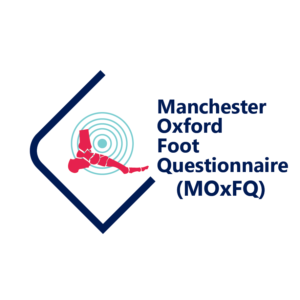Valid
The MOXFQ PROs have been rigorously tested to demonstrate good content and construct validity.
Reliable
The MOXFQ PROs exhibit good internal consistency. The MOXFQ (foot and Ankle) has also demonstrated good test-retest reliability within different foot and ankle surgical subgroups at baseline assessment.
Ability to detect change
The MOXFQ PROs are responsive to change. Evidence suggests that these PROs are likely to show more sensitivity to patients undergoing hallux valgus surgery or foot and ankle surgery compared to generic health measures.
Acceptable
Pre-testing and high completion rates suggest the PROs are easy to complete and acceptable within the test population.
Unidimensional scaling
All three scales in the MOXFQ (foot) PRO conform to Rasch measurement principles indicating unidimensional, equal interval scales.
Endorsed by the British Foot and Ankle Society to measure surgical outcome.
Summary Index Score
Following a study that examined the three domains of the MOXFQ; pain, walking/standing and social interaction (Morley et al. Bone Joint Research 2013;2:66–9), it was concluded that analyses of data from the MOxFQ can also be presented in summary form, namely a single summary index score based on the sum of the three domains. This MOxFQ Summary Index provides and overall indication of the outcomes of foot and ankle surgery and satisfies the demands of healthcare professionals to have a single, simple indicator score of outcome.
^ Back to top




